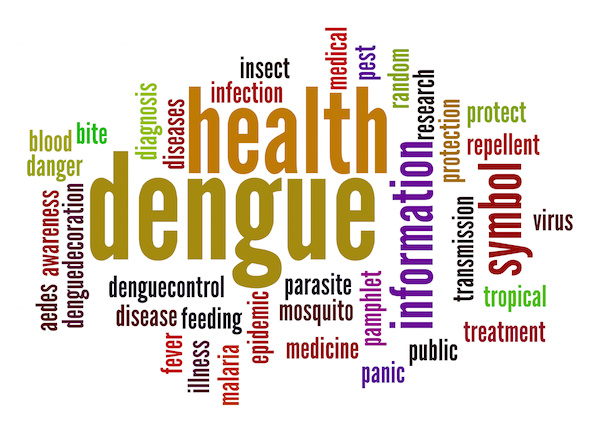
MONDAY, Aug. 19 (HealthDay News) — About 300,000 Americans are diagnosed with Lyme disease each year, which is about 10 times higher than the number of cases reported each year to the U.S. Centers for Disease Control and Prevention, according to a new report.
The findings are from three ongoing CDC studies that are using different methods to determine the number of Americans diagnosed with the tick-borne disease each year.
One study is analyzing six years of annual medical claims information from about 22 million people, another is based on a survey of clinical laboratories and the third is an analysis of self-reported Lyme disease cases from a survey of the general public.
More than 30,000 cases of Lyme disease are reported to the CDC each year, making it the most commonly reported tick-borne disease in the nation. However, these new findings suggest that this figure is well below the actual number of cases.
“We know that routine surveillance only gives us part of the picture, and that the true number of illnesses is much greater,” Dr. Paul Mead, chief of epidemiology and surveillance for CDC’s Lyme disease program, said in a CDC news release. “This new preliminary estimate confirms that Lyme disease is a tremendous public health problem in the United States, and clearly highlights the urgent need for prevention.”
Most Lyme disease cases reported to the CDC occur in the Northeast and upper Midwest, with 96 percent of cases occurring in 13 states, according to the news release.
The preliminary estimates were presented Sunday at an international conference on Lyme and other tick-borne diseases, held in Boston. The final estimates will be released when the studies are completed.
In addition, the CDC and other researchers are trying to find new ways to kill ticks and prevent tick-borne illnesses in people.
“We know people can prevent tick bites through steps like using repellents and tick checks. Although these measures are effective, they aren’t fail-proof and people don’t always use them,” Dr. Lyle Petersen, director of CDC’s division of vector-borne diseases, said in the news release. “We need to move to a broader approach to tick reduction, involving entire communities, to combat this public health problem.”
A community approach would include homeowners trying to kill ticks in their own yards, and communities tackling a number of issues, such as rodents that carry the Lyme disease bacteria, deer that play a role in the ticks’ lifecycle, suburban planning, and the interaction between people, deer, rodents and ticks.
The bacterium that causes Lyme disease is transmitted to people through the bite of infected blacklegged ticks. Typical symptoms include fever, headache, fatigue, and a bulls-eye type rash. Left untreated, Lyme disease can spread to joints, the heart and the nervous system.
To prevent Lyme disease and other tick-borne illnesses, the CDC advises people to: use insect repellant; check for ticks daily; shower soon after being outdoors; and call their doctor if they get a fever or rash.
More information
The American Academy of Family Physicians has more about Lyme disease.
Copyright © 2025 HealthDay. All rights reserved.

